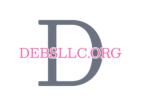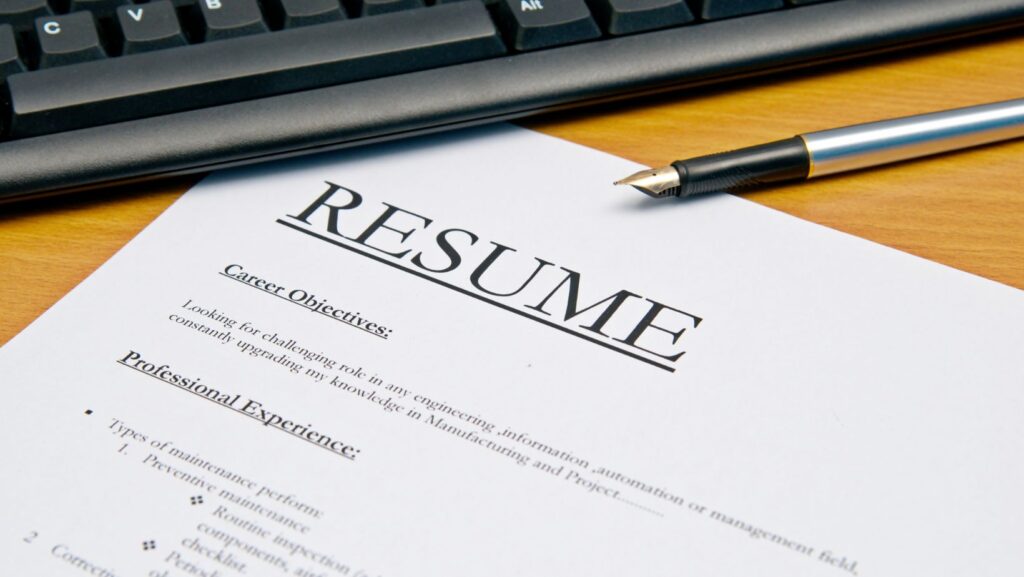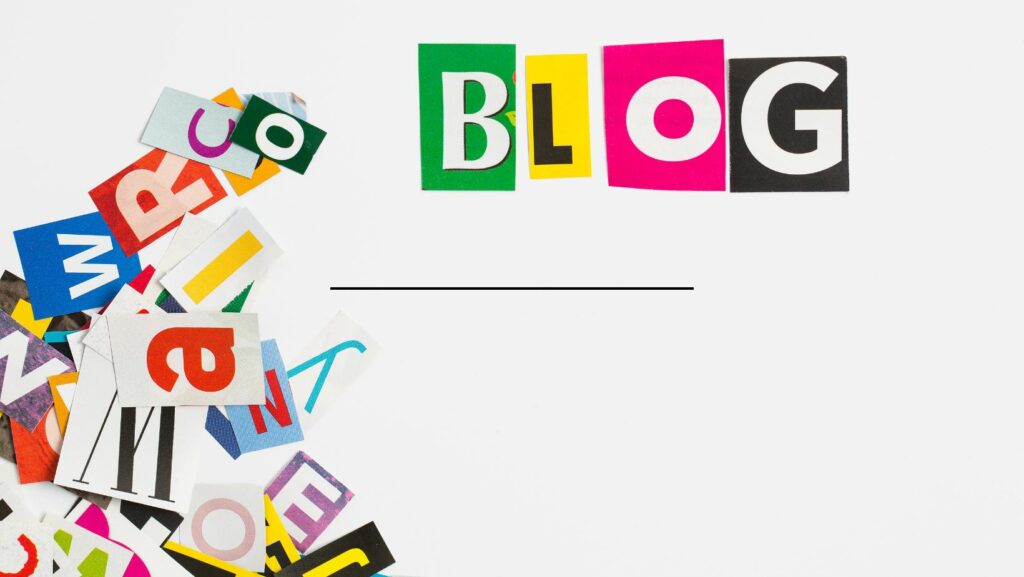Crafting an outstanding engineer resume is crucial in today’s competitive job market. As an engineer, showcasing your skills and experience effectively on your resume can make all the difference in landing your dream job. In this guide, I’ll walk you through the essential steps to create a resume that stands out to potential employers.
From highlighting your technical expertise to emphasizing your problem-solving abilities, a well-crafted engineer resume should demonstrate your unique qualifications and accomplishments. In this article, I’ll share insider tips and strategies to help you tailor your resume for success in the engineering industry. Stay tuned to learn how to make a lasting impression with your engineering resume.
Understanding Engineer Resume Basics
When crafting an exceptional engineer resume, it’s crucial to understand the basics thoroughly. As an engineer, it’s not just about listing your experiences but also highlighting your technical prowess and problem-solving skills. One must tailor their resume to showcase unique qualifications and standout accomplishments relevant to the engineering field.
To create a remarkable engineer resume, start by clearly stating your professional objective. This should be a concise statement that outlines your career goals and what you bring to the table as an engineer. Next, focus on detailing your technical skills. Highlight your proficiency in relevant software, programming languages, and any specialized tools that set you apart from other candidates.
Additionally, be sure to emphasize your problem-solving abilities in your resume. As an engineer, employers value individuals who can tackle complex issues and find innovative solutions. Use specific examples from your past experiences to demonstrate how you have overcome challenges effectively.
Furthermore, include any unique qualifications that make you stand out in the engineering industry. This could be certifications, patents, publications, or specialized training that showcase your expertise and dedication to the field.
Tailoring Your Resume to Stand Out
When customizing my engineer resume, I focus on highlighting my technical skills, problem-solving abilities, and unique qualifications to make it stand out. I ensure that I clearly state my professional objectives to give potential employers a quick overview of what I can offer.

I detail my technical skills by listing specific tools, programming languages, or certifications relevant to the engineering industry. This helps recruiters understand my expertise at a glance.
Emphasizing my problem-solving abilities is crucial. I showcase how I have solved complex engineering challenges in the past, demonstrating my capacity to tackle similar issues in future roles.
To set myself apart, I make sure to showcase any unique qualifications I possess, such as specialized training, patents, or publications. These distinctions can capture the attention of hiring managers looking for candidates with a unique edge.
Design and Layout Tips for Engineer Resumes
When it comes to engineer resumes, the design and layout are critical aspects that can make a significant difference. In my experience, a well-structured resume not only captures attention but also conveys professionalism and clarity. Here are some essential design and layout tips for engineer resumes:
- Simple and Clean Format: I recommend opting for a clean and straightforward format for your engineer resume. Avoid cluttered designs and fancy fonts that can distract from the content. Add a sleek and professional looking image that will help you stand out from employers. For those looking to create visually appealing resumes without the hassle, there are background remover tools that can be incredibly useful in removing distracting backgrounds from images, ensuring that your professional headshots or any other graphics on your resume are clean and polished.
- Consistent Formatting: It’s important to maintain consistency in formatting throughout your resume. From headings to bullet points, ensure uniformity in font style, size, and spacing.
- Strategic Use of White Space: Utilize white space effectively to improve readability and ensure that your resume doesn’t look overcrowded. White space helps in highlighting key information and avoids overwhelming the reader.

- Bullet Points for Impact: Bulleted lists are excellent for showcasing skills, achievements, and responsibilities in a concise manner. Use bullet points to make key details stand out and facilitate easy scanning.
- Use of Headings and Subheadings: Headings and subheadings help in organizing your resume into sections, making it easier for recruiters to navigate. Clearly labeled sections enhance readability and allow recruiters to find information quickly.
- Professional Font: Stick to professional fonts like Arial, Calibri, or Times New Roman. These fonts are easy to read and give your resume a polished look.
- Appropriate Length: Keep your engineer resume concise and to the point. Aim for a one-page resume if possible, focusing on highlighting relevant skills and experiences.
- Customization for Each Application: Tailor your resume for each job application by including specific keywords from the job description. Customizing your resume shows attention to detail and a genuine interest in the position.
By following these design and layout tips, you can create an engineer resume that not only grabs attention but also effectively showcases your qualifications and experiences in a professional and organized manner.
Writing a Compelling Summary and Work Experience
Crafting a compelling summary and detailing work experience are vital components of an outstanding engineer resume. In the summary section, I suggest capturing my engineering expertise succinctly to grab recruiters’ attention immediately. It’s essential to highlight key skills, achievements, and qualifications concisely, providing a snapshot of what I bring to the table. By showcasing my unique value proposition in the summary, I can make a strong first impression and encourage employers to continue reading.
When delving into the work experience section, I recommend structuring it in a way that emphasizes measurable achievements and technical skills. I should quantify my accomplishments with specific numbers or percentages to demonstrate the impact I’ve made in previous roles. Using action verbs to describe my responsibilities and achievements not only adds clarity but also infuses my resume with a dynamic and engaging tone.
Moreover, tailoring the work experience section to align with the job requirements is crucial. I need to emphasize relevant experience and skills that match the job description, showcasing how my background makes me a perfect fit for the engineering position. Customizing each application by highlighting experiences that directly relate to the job can significantly increase my chances of securing interviews.



